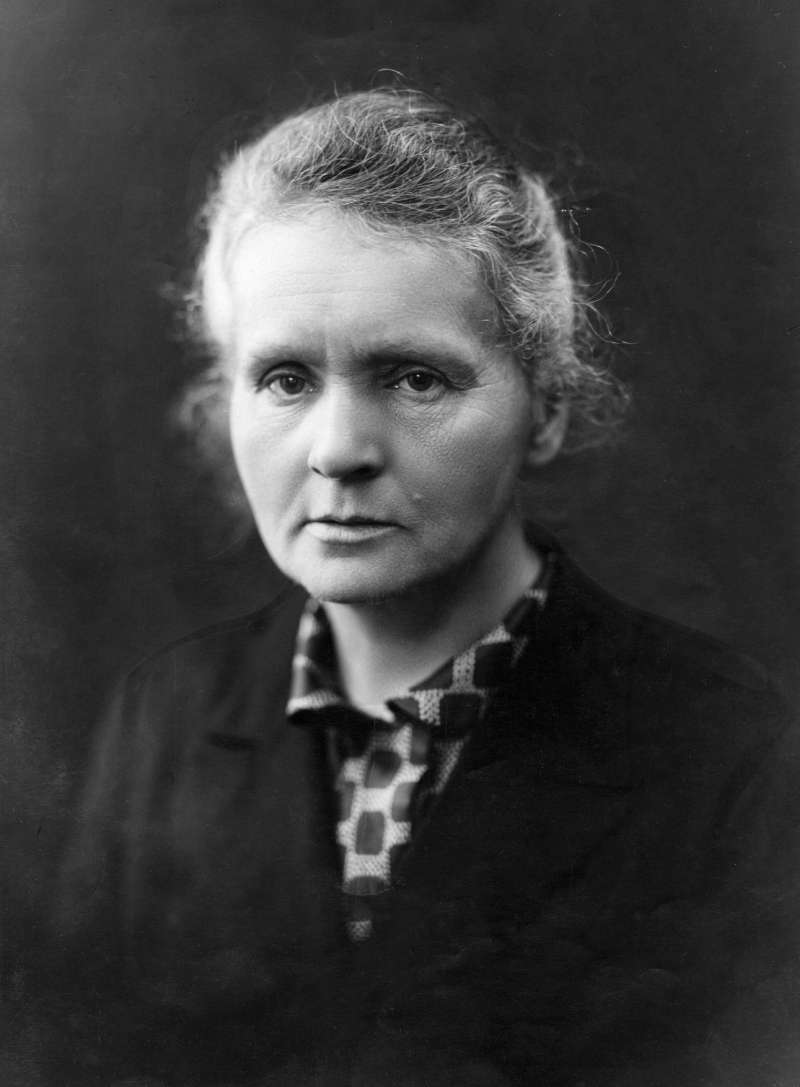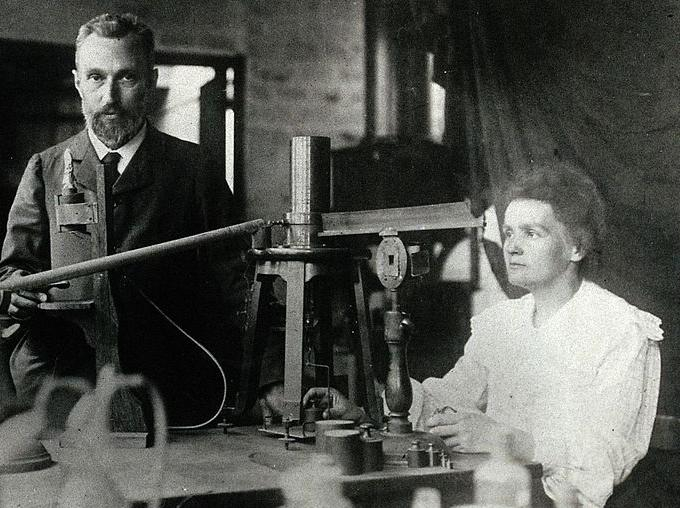Marie Curie coined the word “Radioactivity”
Following graduation, Marie Curie was hired to perform research and joined forces with Pierre Curie, a friend of a coworker, to find lab space. Additionally, he taught at the Sorbonne. Two years later, the Curies got married. Pierre and Marie initially worked on separate projects at the beginning of their relationship, but following the birth of their first child, Pierre started working with Marie on x-ray and uranium studies.
When Curie asserted that uranium rays were dependent on their atomic structure rather than their physical shape, she was researching uranium rays. Marie Curie herself developed the term "radioactivity" at the time, defining it as the ray activity that depends on the atomic structure, or the number of atoms, of uranium. Her idea gave rise to a new branch of research, atomic physics. Marie and Pierre worked with pitchblende for a while. Uranium oxide crystallizes into the mineral pitchblende, which contains roughly 70% uranium.
With the use of pitchblende, Marie and Pierre discovered radium in addition to polonium. For their research on radioactivity, Marie Curie and her husband received the Nobel Prize in physics in 1903. She was the first female recipient of the Nobel Prize. The Nobel Prize winner Pierre died in an accident three years later. Marie Curie took over Pierre's teaching duties at the Sorbonne even though she was a widow, a single mother of two, and a widower. Curie received her second Nobel Peace Prize in Chemistry in 1911.










